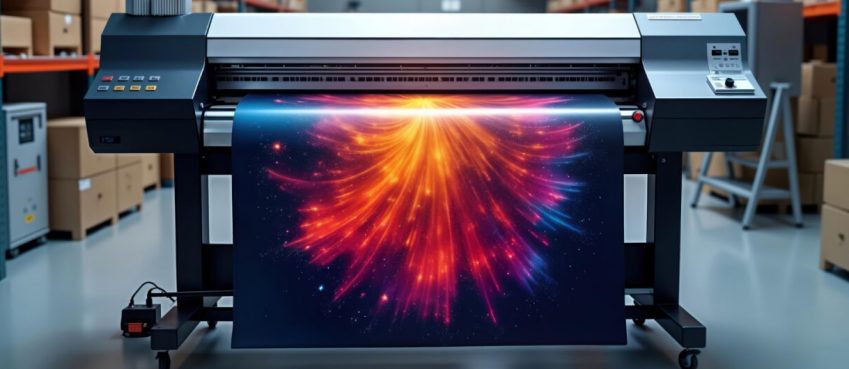
Remote patient monitoring (RPM) is an emerging field of healthcare that was considerably boosted during the COVID-19 pandemic. In hospitals, the continuous monitoring of patients with pulse oximetry devices is a treatment strategy that has been proven to significantly reduce mortality. Many coronavirus patients who would have taken up hospital beds were sent home with devices that connect to the Internet of Things (IoT) to provide medical professionals with real-time data related to pulse, blood oxygen levels, blood pressure, glucose, and temperature. Keeping these patients connected from home freed up hospital beds, reduced COVID-19 contagion, and eased the workload of healthcare professionals.
The connections made by RPM devices are examples of IoT solutions that are improving the way things are done across many industries. When we analyze business processes to their granular level, we can see that connections are crucial. When we work towards making these connections smarter, we are in fact working towards making our world smarter.
The Impact of IoT in Modern Living and the Workplace
RPM is just one example of how IoT devices are improving the way we live and work. Smart city IoT applications are operational in many metropolitan regions; in San Francisco, for example, the SFpark program managed by the Municipal Transportation Agency started using IoT sensors and a mobile app more than a decade ago. At home, IoT devices can automatically lock our doors, turn off the lights, and send alerts to our smartphones in case of fire or a security breach.
Manufacturing plants and distribution warehouses have been using smart automation technology for a while, but their adoption of IoT devices has been surging in recent years, and this has a lot to do with the speed and efficiency that retail marketplaces such as Amazon are fostering. In the modern workplace, IoT applications track employee productivity improve safety, and promote efficiency through task automation.
Also read: Bobbie Formula Reviews 2025 (Read Before You Buy)IoT in Smart Homes: Automation, Security, and Energy Efficiency
Home automation has been around since the 1970s, but the advent of IoT technology has made overall functionality smarter. Advanced thermostats, for example, can run completely on their own according to your desired energy efficiency goals; some of them can be equipped with SIM chips that can connect with smartphones even if the home Wi-Fi network is down.
Smart home automation can be as simple as configuring the hub to turn off the lights at a certain time, or as sophisticated as rollers, shades, and blinds that open and close according to real-time data collected by sunlight and temperature sensors. Even smarter solutions are those related to home security; for example, IoT surveillance cameras with advanced intrusion detectors that send alerts to mobile devices.
IoT in Smart Workplaces: Productivity Tools, Environmental Controls, and Collaboration
Cloud printers are among the most common smart productivity enhancements in use today; these office devices can print documents from just about any mobile device without having to connect to a computer on the network. When video conferencing is enhanced with a smart whiteboard, employee collaboration is also enhanced, and any materials brought to the conference or produced therein can be handled by smart document management systems for easy reference.
As for environmental controls, the IoT devices and systems are similar to those used for smart home automation. Smart thermostats and lighting hubs can adjust workplace settings based on data collected by occupancy sensors. As for improving the health and well-being of employees, smart IoT devices can monitor indoor air quality in warehouses, factories, laboratories, and other workplaces where humidity and air recirculation must be carefully managed.
Exploring Innovations and Upcoming Trends in IoT Applications
The IoT future is looking particularly bright. Innovation in this technology paradigm arrives quickly; each day we get to learn about new and interesting IoT services and solutions with great potential to become positive trends in our lives. This is particularly the case with IoT solutions for smart cities.
Advanced mass transportation systems aim to improve traffic flow, reduce congestion, and make public transportation more efficient. For example, smart traffic lights can adjust their timing based on real-time traffic conditions. Smart buses can track passenger demand and adjust their routes accordingly. As previously mentioned, smart parking systems have been helping drivers find open parking spaces more easily for over a decade.
Artificial intelligence (AI) and machine learning (ML) are the technology innovation trends that have been getting more traction in recent years, and they are making their way to the IoT field. AI constructs can be used to analyze data from IoT devices to identify specific patterns and trends; this information can then be used to improve decision-making and automate tasks in a smarter manner; however, it is important to note that this trend is still emerging and developing.
Autonomous driving vehicles are currently at the vanguard of AI and IoT. In California, the Department of Motor Vehicles has issued a few permits to “robo-taxi” companies such as Cruise and Waymo to operate their self-driving fleets, but these operations are still working on making their systems safer. IoT is at the heart of the self-driving revolution because the development of autonomous vehicles hinges upon the quality of the data collected and processed by telematics sensors.
What the Future of IoT Development Will Bring
With all the above in mind, it is safe to say that the future of IoT development is very promising. IoT is already having a major impact on our lives and work, and this impact is only going to grow in the years to come. The IoT devices and applications we currently have will become more sophisticated thanks to more powerful and efficient processors, sensors, and batteries. This will enable the development of new IoT applications with functionality that seems to come from science fiction literature.
Top 10 News
-
01
Top 10 Deep Learning Multimodal Models & Their Uses
Tuesday August 12, 2025
-
02
10 Google AI Mode Facts That Every SEOs Should Know (And Wha...
Friday July 4, 2025
-
03
Top 10 visionOS 26 Features & Announcement (With Video)
Thursday June 12, 2025
-
04
Top 10 Veo 3 AI Video Generators in 2025 (Compared & Te...
Tuesday June 10, 2025
-
05
Top 10 AI GPUs That Can Increase Work Productivity By 30% (W...
Wednesday May 28, 2025
-
06
[10 BEST] AI Influencer Generator Apps Trending Right Now
Monday March 17, 2025
-
07
The 10 Best Companies Providing Electric Fencing For Busines...
Tuesday March 11, 2025
-
08
Top 10 Social Security Fairness Act Benefits In 2025
Wednesday March 5, 2025
-
09
Top 10 AI Infrastructure Companies In The World
Tuesday February 11, 2025
-
10
What Are Top 10 Blood Thinners To Minimize Heart Disease?
Wednesday January 22, 2025







